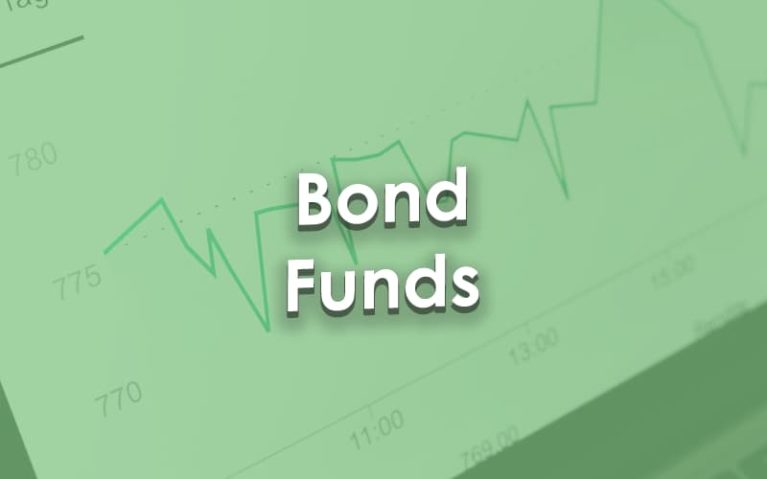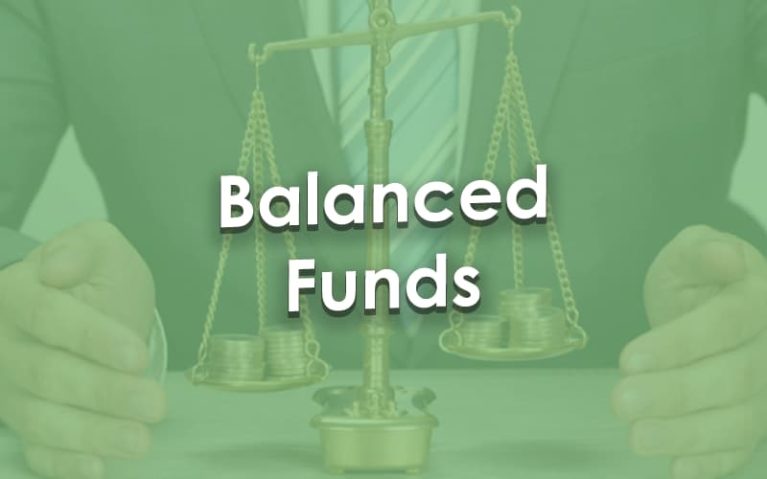An educated investor knows that there are several common types of mutual funds. Some are stock funds (also called equity funds), while others are bond funds (also known as fixed-income funds). Unfortunately, when it comes to some of the names, funds, or mutual fund schemes (for the little more acquainted), the term “hedge fund” pops up.
It is wise to come clear about hedge funds straight away. Hedge funds are not mutual funds, that is.
Hedge funds are private, unregistered investment pools that have historically been restricted to sophisticated, affluent investors. Therefore, they are not subject to the numerous regulations for investor protection to mutual funds. You can scratch off the map any regulations requiring that mutual fund shares be redeemable at any time, rules protecting against conflicts of interest, laws ensuring fairness in the pricing of fund shares, disclosure regulations, and regulations limiting the use of leverage.
Herein listed types of mutual funds are only going to cover defined mutual fund schemes worth investing in and their advantages.
Stock Funds

Although a stock fund’s value can rise and fall quickly (and significantly) in the short term, stocks have traditionally outperformed other types of investments, such as corporate bonds, government bonds, and treasury instruments, over the long run.
Stock funds are susceptible to various investing hazards, including Market Risk, which poses the most significant risk to stock fund investors.
Stock prices can change for myriad reasons, including the economy’s overall strength, or demand for specific products or services.
Bond Funds

Bond Funds carry more risks than Money Market Funds since they frequently seek yield-oriented strategies.
Unlike money market funds, there is no limit to bond funds to only high-quality assets or short-term investments. Bond funds can have a wide range of risks and returns because of the many different bonds available.
The following are some perils connected with bond funds:
- Credit Risk refers to the potential for firms or other issuers whose bonds the fund owns to default on their obligations (including the debt owed to holders of their bonds). Bond funds that invest in insured bonds or U.S. Treasury Bonds face reduced credit risk. Those who invest in bonds issued by corporations with low credit ratings, on the other hand, are taking a more significant risk;
- Interest Rate Liability — the risk that the market value of bonds may fall when interest rates rise. As a result, any bond fund, including ones that only invest in guaranteed bonds or U.S. Treasury Bonds, can lose money. Longer-term bond funds have increased interest rate risk; as well as
- Prepayment Risk is the possibility of a bond being paid off early. For example, if interest rates fall, a bond issuer may elect to pay off (or retire) existing debt and issue new bonds at a lower interest rate. When this happens, the fund may not be able to reinvest the proceeds in a higher-yielding investment.
Money Market Funds

Money market funds (MMF) are mutual funds with lower risks than other mutual funds and exchange-traded funds (ETFs) (and most other investments). According to the legislation, they can only invest in specific high-quality, short-term investments issued by the U.S. government, U.S. enterprises, and state and municipal governments. Government and retail money market funds strive to preserve their NAV at $1.00 per share, but if the fund’s investments perform poorly, the NAV may fall below $1.00.
Like other mutual funds, alternative money market funds have a variable NAV that changes with changes in the market-based value of their portfolio holdings. Money market funds pay dividends that generally reflect short-term interest rates, and money market funds have historically provided lower returns than bond or equity funds. Inflation Liability, which is the risk that inflation will outstrip and erode investment returns over time, is a common risk associated with money market funds.
It is important to be able to distinguish between two of the main MMF categories:
- A Retail Money Market Fund is a money market fund with policies and procedures reasonably designed to limit the money market fund’s beneficial owners to natural persons;
- A Government Money Market Fund is a money market fund that invests 99.5 percent or more of its total assets in cash, government securities, or repurchase agreements with government securities or cash as primary collateral.
Balanced Funds

To limit risk while still providing capital appreciation and income, balanced funds invest in stocks, bonds, and sometimes money market instruments.
They are also known as asset allocation funds, and they typically maintain a fixed allocation of portfolio instrument types. However, the allocation will differ from one balanced fund to the next.
Although these funds are designed to lower risk by diversifying various investment categories, they carry the same hazards as the underlying assets.
Lifecycle Funds

These funds, also known as target-date retirement funds or lifecycle funds, invest in stocks, bonds, and other assets.
Target date funds are long-term investments for people with a specific retirement date. The goal retirement date or target date is frequently referenced in the fund’s name. For example, funds like “Retirement Fund 2050” are meant for those who plan to retire in or around 2050. Most target-date funds are constructed so that the fund’s investment allocation changes over time to become more conservative as the target date approaches. That means that funds often change over time from a stock-heavy portfolio to more heavily weighted toward bonds.
Goal date funds may have quite distinct investment strategies and risks, and the timing of their allocation changes may be different, even if they have the same target date. They may also charge various fees and have varying investing returns.
A target-date fund frequently invests in other funds, and both the target date fund and the additional funds may impose fees. Furthermore, target-date funds do not guarantee that an investor will have enough retirement income at the target date, and investors may lose money.
Target date funds carry the same risks as their underlying investments.
Alternative Funds

Alternative funds invest in non-traditional asset classes (for example, global real estate or currencies) and illiquid assets (for example, private debt) and use non-traditional trading tactics (e.g., selling short).
Because they provide hedge fund-like exposure in a registered fund, they are sometimes referred to as “hedge funds for the masses.” These funds aim to generate good returns that aren’t associated with specific investments or benchmarks. Alternative funds may appeal to many investors who want to diversify their holdings while maintaining liquidity. However, the hazards of these investments differ based on the assets and trading tactics used. These funds may use complex investment methods, and their fees and expenses are typically more significant than those of ordinary managed funds. Furthermore, these funds usually have short performance histories, making it difficult to predict how they would perform during market stress.
Smart-Beta Funds

Smart-Beta Funds create their index by evaluating stocks based on risk and return characteristics such as growth and value, rather than just market capitalization, as most standard index funds do. They seek to outperform typical index funds while being less expensive than active funds. The criteria are sometimes based on hypothetical, backward-looking returns, and the funds might be more complicated and have higher expenses than typical index funds. Furthermore, these funds typically have short performance histories, making it difficult to predict how they would perform during market stress.






